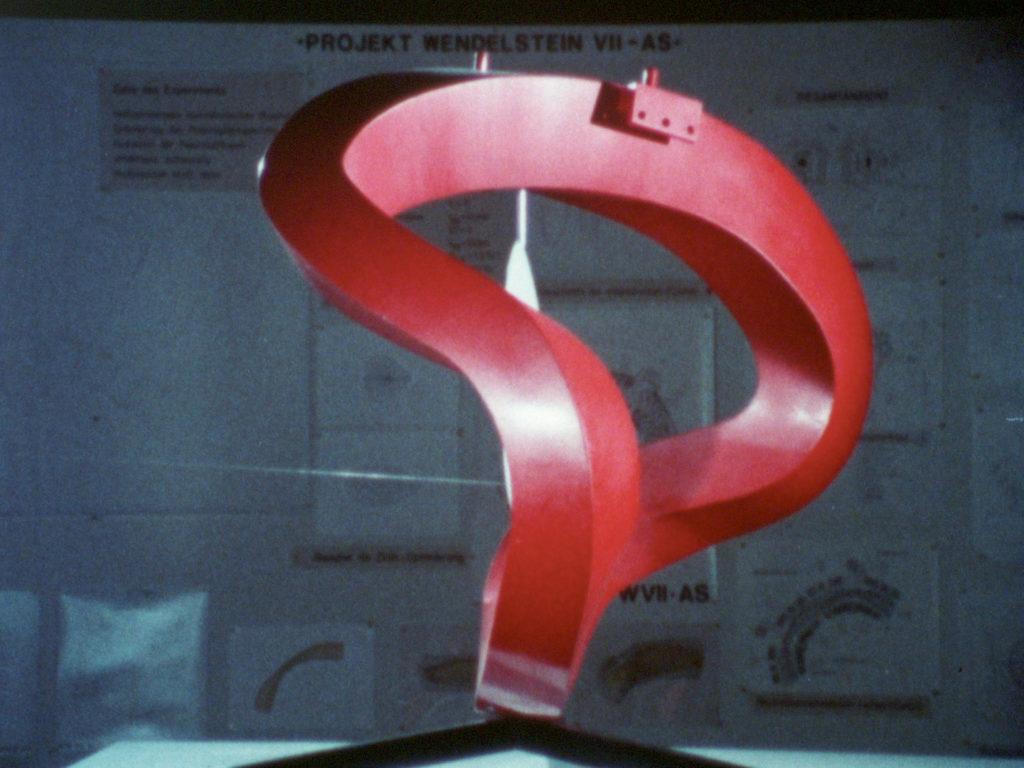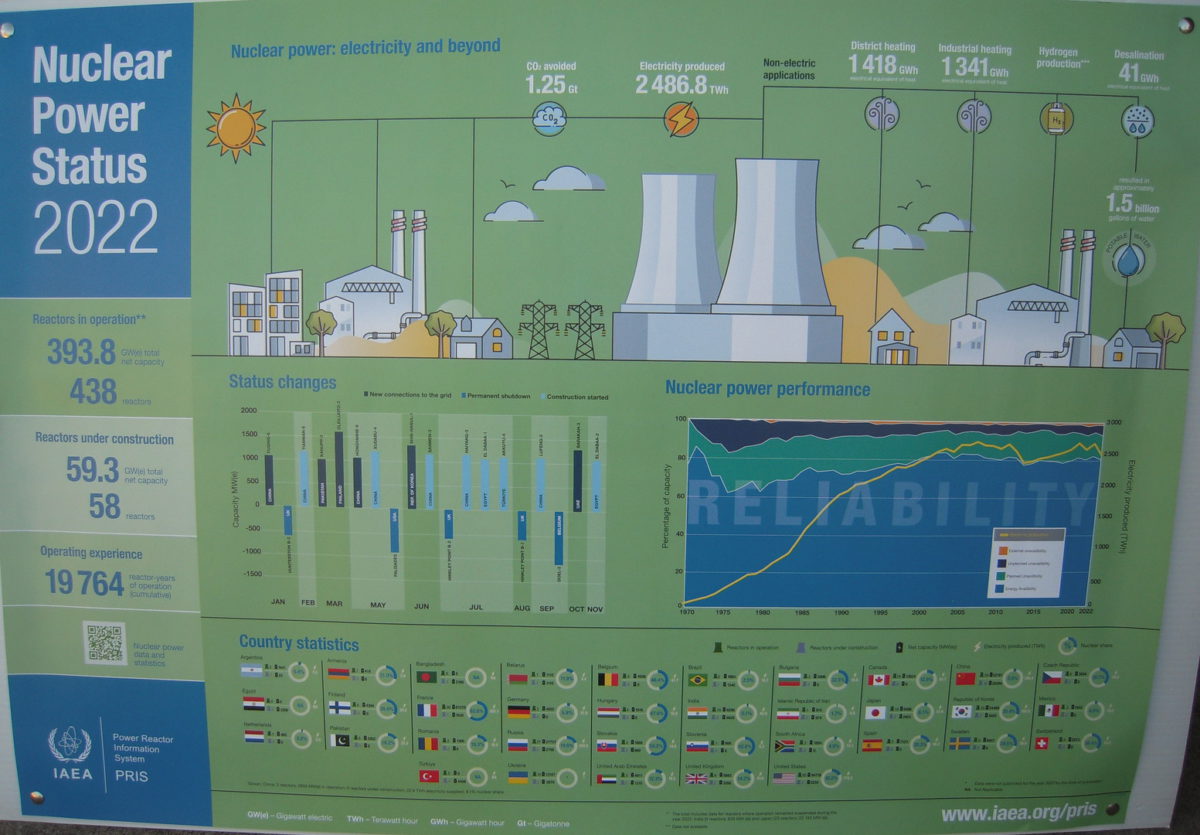Cryptocurrency ― leading contender for “scam of the century” before generative AI came along ― was estimated to account for approximately 2% of US electricity consumption last year. That is twelve times what was used by electrified railways, and exceeds the whole consumption of the States of Alaska, Delaware, Hawaii, Maine, New Hampshire, Rhode Island, Utah, and Vermont, and the District of Columbia put together ― more than seven and a half million people, in a country which uses more than half again as much electricity per head of population as the average for wealthy countries, and almost four times the average for the world as a whole. And to what end? Yet it is almost certainly one example among many.
- Archive Recording
- 2024 ASFO Masterpost
- A Step Farther Out Masterpost
- Previous Week
- Following Week
- Patreon campaign










